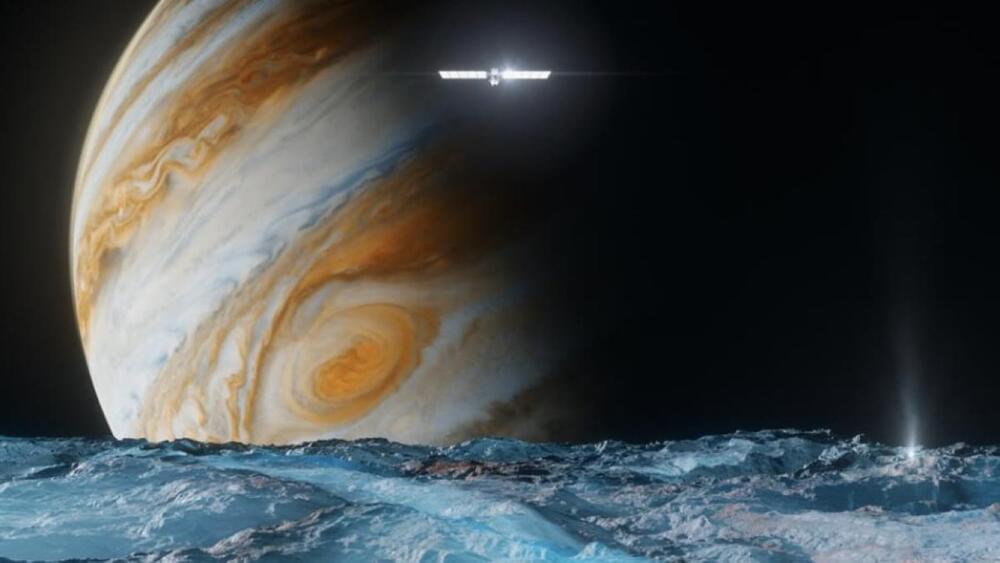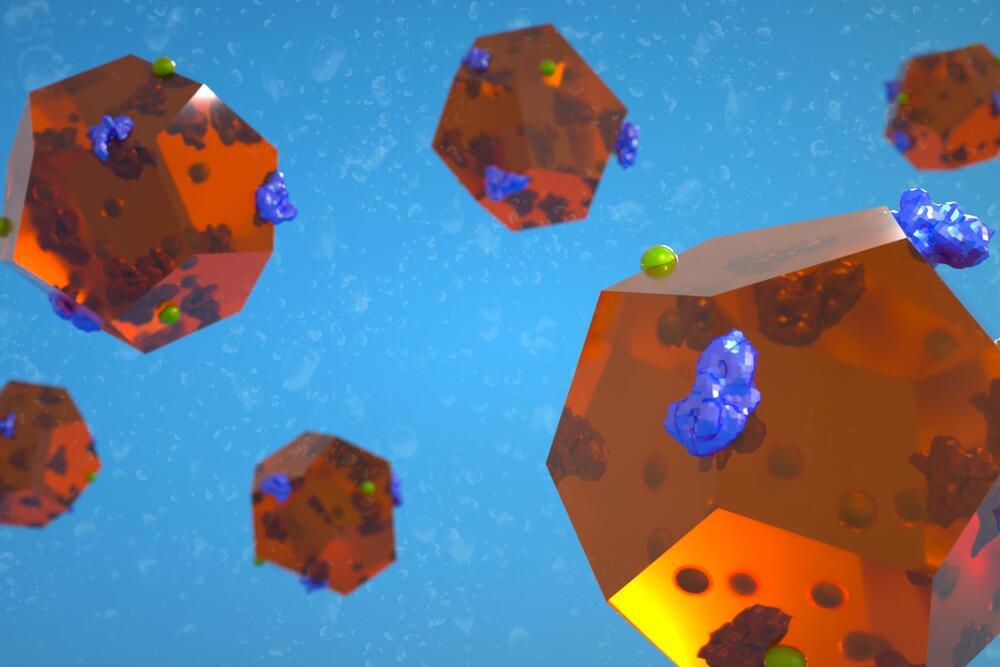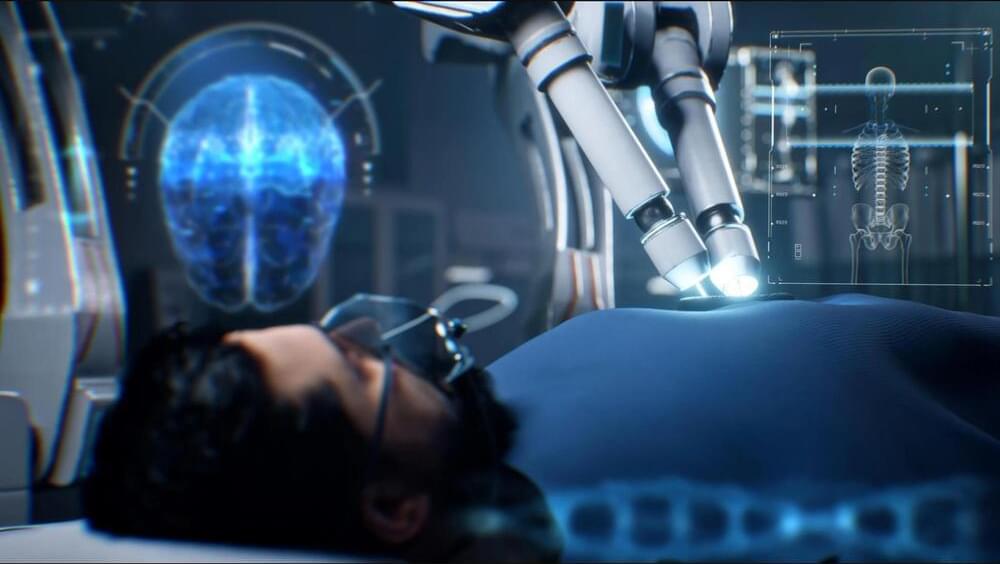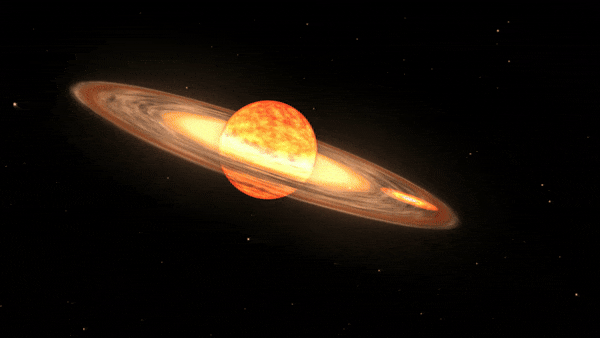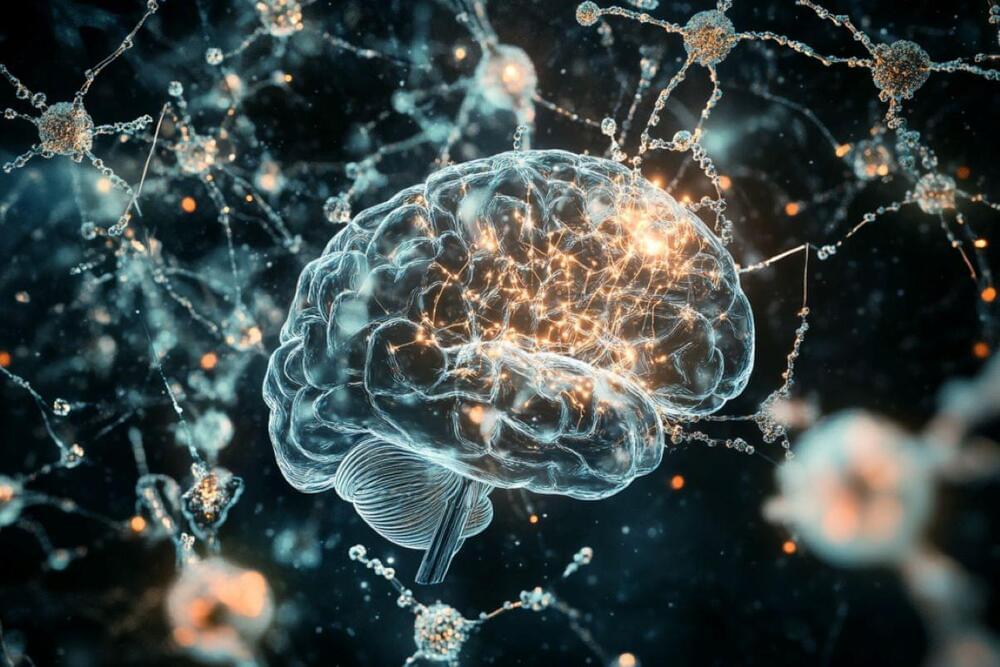American start-up Boom Supersonic is planning to develop the very first supersonic aircraft powered by 100% sustainable fuel. The aircraft, named Overture, would succeed Concorde in providing ultrafast connections between Europe and the United States, more than 20 years after the latter ceased operation. The new aircraft also echoes its predecessor’s unique, long and slender design.
Boom Supersonic is currently flying a demonstrator, the XB-1, over the Mojave Desert in California. A first supersonic flight (at Mach 1) is now expected by the end of 2024, following the green light given from the Federal Aviation Administration (FAA). All these tests are designed to ensure the aircraft’s reliability and maneuverability. Above all, they lay the foundations for the firm’s future Overture plane.

